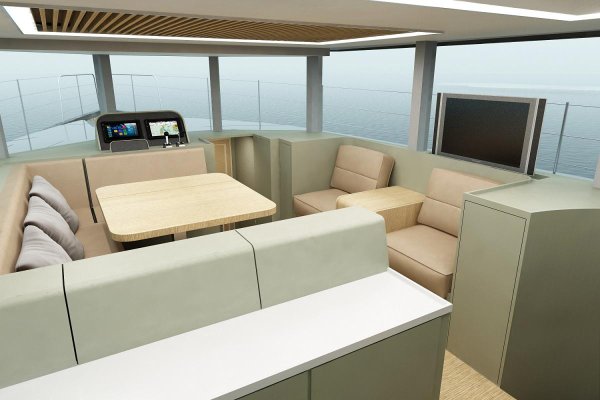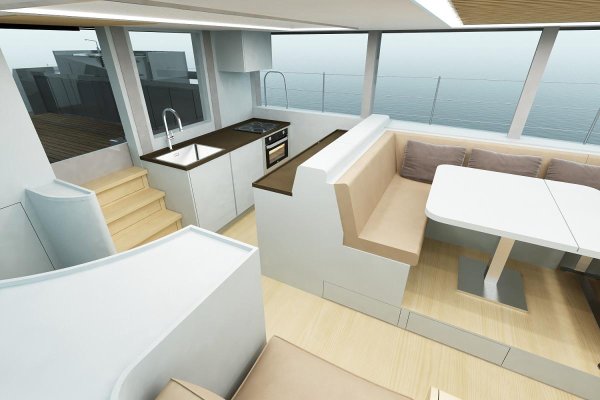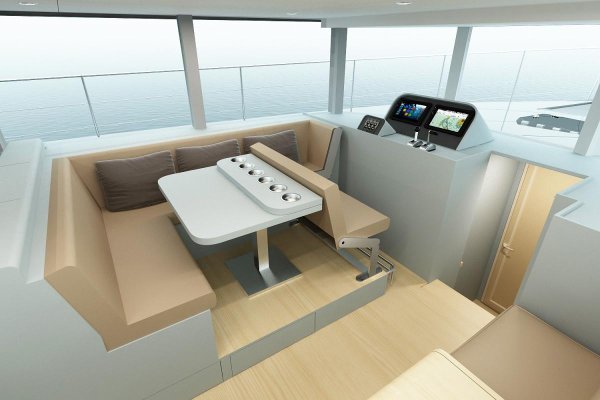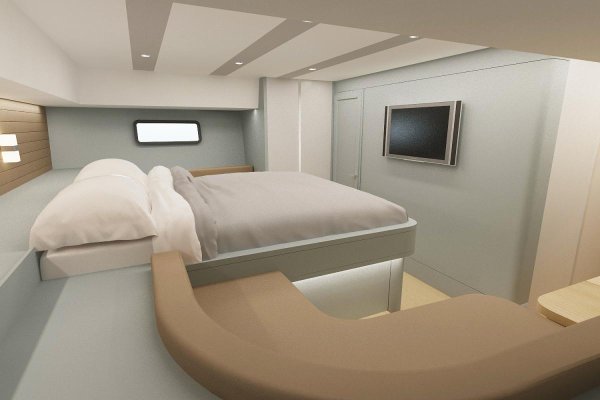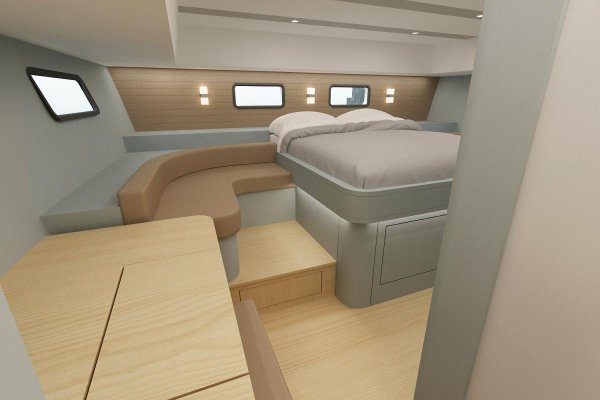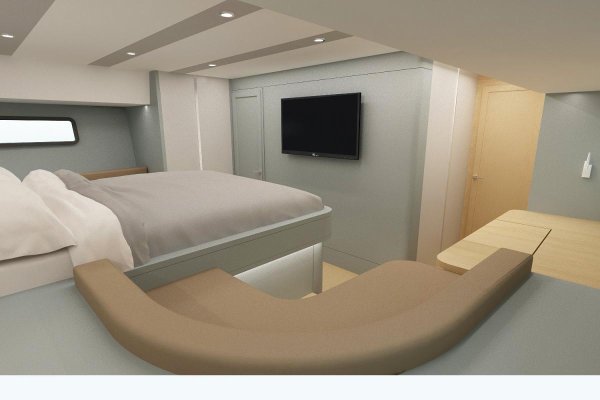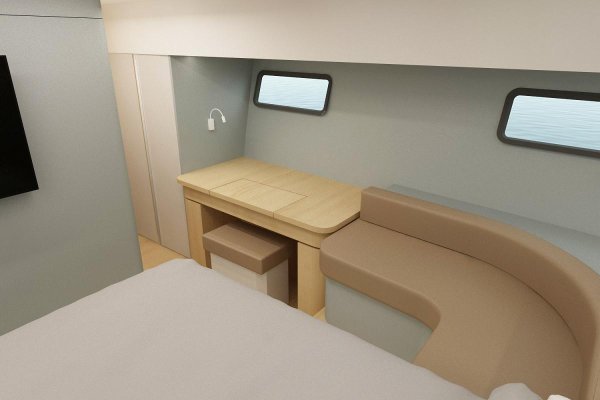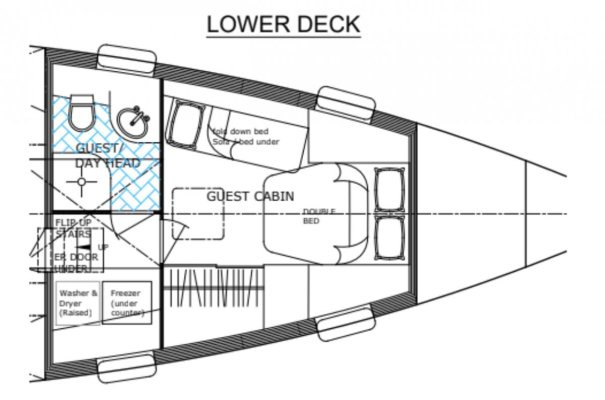Thanks McArthur,
I thought they got 1 L/km at 9 knots. That's also what I get, when I put their rough numbers in our calculator. Yes, we have studied their designs. They designed great boats, but also made some compromises we'll do differently. Or we feel we don't need to make. Also, the help of an actual NA and CFD helps translate art into science more and more.
To add to that: it feels like we are standing on the shoulders of giants. Without the amazing work the Dashews did, we wouldn't be here. We owe them for that!
As an example of what we do differently, well, given advancements in stabilizer technology, we can do without a chine. We go full round-bilged instead and that helps efficiency as well as weight. Modern day stabs react faster than stabs from a decade ago, meaning no initial roll dampening is needed via chime design to compensate for the 0.2 to 0.3 seconds reaction time of old. Just one example. There are more.
The numbers we expect are calculated in a defensive manner. And we know there is still room for improvement. The total system's efficiency (like how much of the energy available in a liter or gallon of fuel is translated into propulsion) is currently at around 61%. The NA and I expect that number to go up to 65%. And that's without adding solar and then some into the mix. Allowing us to not run the generator will gain another gallon or so. As will deploying additional solar power to help with propulsion.
Yes, given the feedback and interest we have received, we think about starting a company. Another hobby spinning "out of control", but as long as it gives energy, why not? It is the way in which we started our current business. Maybe we'll sell a few additional boats, maybe not. As long as running that new company does not start to feel like work, all is fine. We are not the persons to sit still anyhow.
Regards, Edwin & Veronika.




